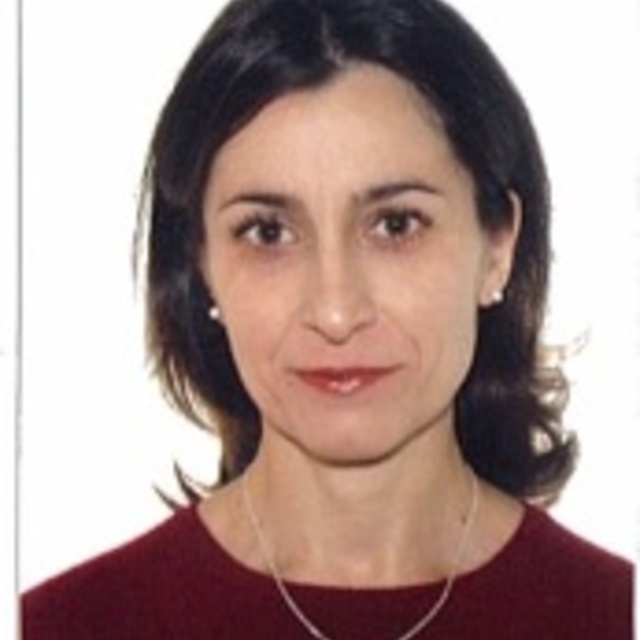July
2022
•
2022ApJ...933..182C
Authors
•
Cleary, Kieran A.
•
Borowska, Jowita
•
Breysse, Patrick C.
•
Catha, Morgan
•
Chung, Dongwoo T.
•
Church, Sarah E.
•
Dickinson, Clive
•
Eriksen, Hans Kristian
•
Foss, Marie Kristine
•
Gundersen, Joshua Ott
•
Harper, Stuart E.
•
Harris, Andrew I.
•
Hobbs, Richard
•
Ihle, Håvard T.
•
Kim, Junhan
•
Kocz, Jonathon
•
Lamb, James W.
•
Lunde, Jonas G. S.
•
Padmanabhan, Hamsa
•
Pearson, Timothy J.
•
Philip, Liju
•
Powell, Travis W.
•
Rasmussen, Maren
•
Readhead, Anthony C. S.
•
Rennie, Thomas J.
•
Silva, Marta B.
•
Stutzer, Nils-Ole
•
Uzgil, Bade D.
•
Watts, Duncan J.
•
Wehus, Ingunn Kathrine
•
Woody, David P.
•
Basoalto, Lilian
•
Bond, J. Richard
•
Dunne, Delaney A.
•
Gaier, Todd
•
Hensley, Brandon
•
Keating, Laura C.
•
Lawrence, Charles R.
•
Murray, Norman
•
Paladini, Roberta
•
Reeves, Rodrigo
•
Viero, Marco P.
•
Wechsler, Risa H.
•
Comap Collaboration
Abstract
•
The CO Mapping Array Project (COMAP) aims to use line-intensity mapping of carbon monoxide (CO) to trace the distribution and global properties of galaxies over cosmic time, back to the Epoch of Reionization (EoR). To validate the technologies and techniques needed for this goal, a Pathfinder instrument has been constructed and fielded. Sensitive to CO(1-0) emission from z = 2.4-3.4 and a fainter contribution from CO(2-1) at z = 6-8, the Pathfinder is surveying 12 deg2 in a 5 yr observing campaign to detect the CO signal from z ~ 3. Using data from the first 13 months of observing, we estimate P CO(k) = -2.7 ± 1.7 × 104 μK2 Mpc3 on scales k = 0.051 -0.62 Mpc-1, the first direct three-dimensional constraint on the clustering component of the CO(1-0) power spectrum. Based on these observations alone, we obtain a constraint on the amplitude of the clustering component (the squared mean CO line temperature bias product) of ${\left\langle {Tb}\right\rangle }^{2}\lt 49$ μK2, nearly an order-of-magnitude improvement on the previous best measurement. These constraints allow us to rule out two models from the literature. We forecast a detection of the power spectrum after 5 yr with signal-to-noise ratio (S/N) 9-17. Cross-correlation with an overlapping galaxy survey will yield a detection of the CO-galaxy power spectrum with S/N of 19. We are also conducting a 30 GHz survey of the Galactic plane and present a preliminary map. Looking to the future of COMAP, we examine the prospects for future phases of the experiment to detect and characterize the CO signal from the EoR.
Links




